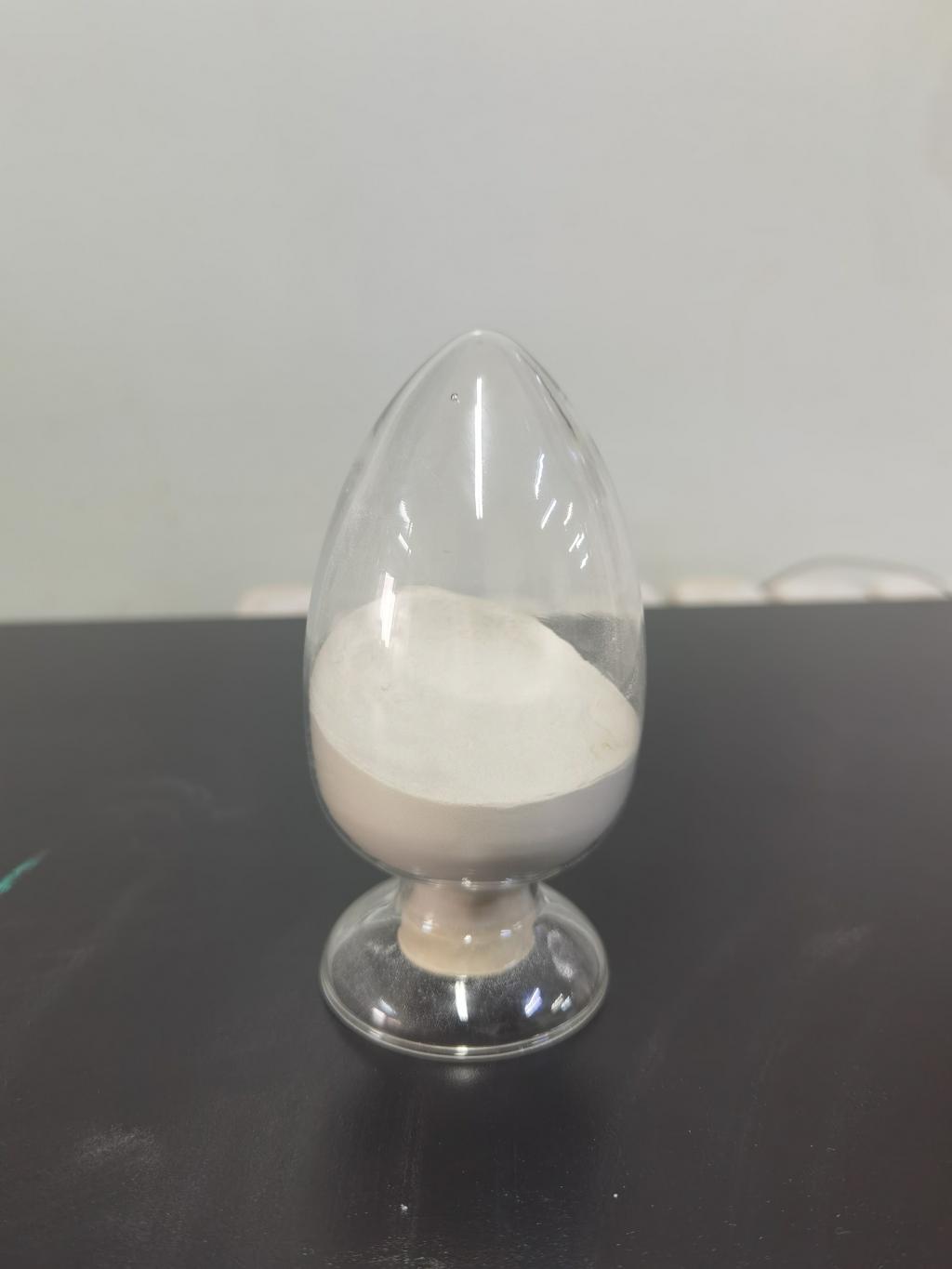Tel:0086 18231198596

News
Nisin Chronicles: Enhancing Food Longevity Naturally
TIME:2024-01-09
Unveiling the Nisin Saga:
Nisin, a naturally occurring antimicrobial peptide, has a rich history deeply rooted in traditional food preservation practices. Its discovery dates back to the early 20th century when it was observed that certain strains of lactic acid bacteria produced a substance capable of inhibiting the growth of spoilage-causing bacteria. Further research led to the isolation and identification of Nisin, opening the doors to its potential applications in the modern food industry.
The Biochemistry of Nisin:
At its core, Nisin is a small peptide consisting of 34 amino acid residues. What makes it exceptional is its potent antimicrobial activity against a wide spectrum of bacteria, including both Gram-positive and some Gram-negative strains. This ability stems from Nisin's unique mechanism of action, involving the formation of pores in bacterial cell membranes, ultimately leading to cell death.
Nisin's Role in Extending Shelf Life:
One of the primary quests in the food industry is to extend the shelf life of perishable goods. Nisin emerges as a natural superhero in this realm, effectively inhibiting the growth of spoilage microorganisms and foodborne pathogens. By doing so, it not only preserves the quality and safety of food products but also addresses the pervasive issue of food waste.
Nisin's Applications Across Industries:
The versatility of Nisin extends its applications across various sectors of the food industry. From dairy products to meat, poultry, seafood, and even canned goods, Nisin has proven its efficacy in preserving a diverse range of food items. Its compatibility with different food matrices and the ability to maintain product quality make it a sought-after natural preservative.
Beyond Preservation: Nisin as a Health-Promoting Agent:
While primarily recognized for its antimicrobial prowess, Nisin has also piqued interest for potential health benefits beyond preservation. Research suggests that Nisin may exhibit anti-inflammatory and immunomodulatory effects, opening new avenues for exploration in functional foods that not only stay fresh but also contribute to overall well-being.
Nisin vs. Synthetic Preservatives: A Natural Choice:
In an era marked by a growing demand for clean-label and natural products, Nisin stands out as a compelling alternative to synthetic preservatives. Unlike some chemical additives, Nisin is naturally produced during the fermentation process, aligning with consumer preferences for transparency and cleaner labels. Its natural origin and targeted action on bacteria make it an appealing choice for those seeking a more natural food preservation solution.
Overcoming Challenges: Stability, Cost, and Regulations:
While the Nisin Chronicles unfold with promise, challenges lurk in the shadows. Stability issues, cost-effectiveness, and regulatory hurdles must be navigated to fully realize the potential of Nisin as a mainstream preservative. Collaborative efforts among scientists, manufacturers, and regulatory bodies are crucial in overcoming these challenges and establishing Nisin as a staple in the food industry.
Eco-Friendly Preservation: Nisin and Sustainability:
As the world grapples with environmental concerns, sustainable practices in food production become paramount. The production of Nisin through fermentation processes offers a more eco-friendly alternative to some synthetic preservatives. Its integration into food preservation strategies aligns with the broader goal of creating a sustainable and environmentally conscious food supply chain.
The Consumer Connection: Trust and Perception:
The success of Nisin in the market hinges not only on its scientific merits but also on consumer perception and trust. Transparent labeling, effective communication about the benefits of Nisin, and education on its historical use in food preservation contribute to building a positive perception among consumers. The Nisin Chronicles, therefore, extend beyond laboratories and factories into the hearts and minds of those who consume the preserved products.
The Future of Nisin: Innovations and Possibilities:
As the Nisin Chronicles continue to unfold, the future holds exciting possibilities. Ongoing research seeks to expand the applications of Nisin, exploring novel ways to harness its potential. Innovations in delivery systems, combination with other natural preservatives, and further understanding of its health-promoting properties could catapult Nisin into new realms of significance in the evolving landscape of food preservation.
Conclusion:
The Nisin Chronicles epitomize a natural journey – from traditional practices to cutting-edge science, from ancient wisdom to modern innovation. Nisin's role in enhancing food longevity naturally has far-reaching implications for the food industry, sustainability, and consumer health. As we witness the chapters unfold, Nisin stands as a symbol of a harmonious blend between tradition and progress, offering a promising path towards a future where food stays fresh, safe, and in tune with the demands of a conscientious and discerning world.

 CONTACT
CONTACT




